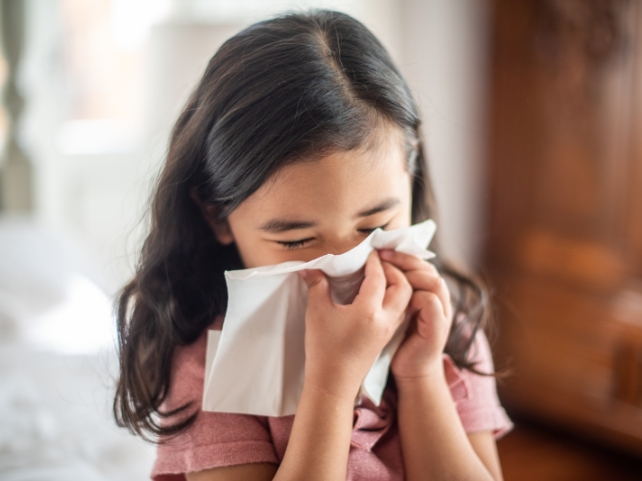As the world approaches five years since the emergence of COVID-19, recent accounts of a relatively obscure respiratory virus emanating from China have reignited anxieties.
In 2023, Chinese authorities flagged concerns about human metapneumovirus (hMPV). Current media narratives suggest a potential resurgence, with cases reportedly escalating amid the nation’s winter months, according to the reports by The Conversation.
For the majority, hMPV manifests with symptoms akin to the common cold or influenza. On rare occasions, it can trigger grave infections, though it lacks the hallmarks of a looming pandemic.
China is facing a new virus outbreak, with HMPV spreading rapidly and causing flu-like and COVID-19-like symptoms. pic.twitter.com/tkp7TQ9xCD
— Globe Eye News (@GlobeEyeNews) January 4, 2025
Decoding hMPV: The Unseen Respiratory Adversary
Unveiled by Dutch scientists in 2001 while examining respiratory illnesses in children that tested negative for other pathogens, hMPV had long been in the shadows. Antibody analyses from the 1950s affirm that infections have silently circulated for decades. Subsequent investigations have unveiled its ubiquitous presence across global terrains.
Pre-COVID Australian studies identified hMPV as the third most frequently detected virus in respiratory afflictions among adults and children. Influenza and respiratory syncytial virus (RSV) led the charge in adults, while RSV and parainfluenza dominated in children, as per The Conversation.
Much like influenza, hMPV exerts greater influence on vulnerable groups, particularly the very young and elderly. Research underscores that most children encounter the virus early in life, with a significant proportion developing antibodies by the age of five. This early exposure tends to attenuate the severity of infections in older age brackets.
In young children, hMPV predominantly targets the upper respiratory tract, manifesting as nasal congestion, sore throats, fever, and ear infections. Typically, these symptoms resolve within days to a week in children, extending slightly longer in adults.
While most hMPV cases are mild, individuals with preexisting medical conditions, such as cardiovascular ailments, face heightened risks. Severe complications can include pneumonia, marked by breathlessness, fever, and wheezing. Furthermore, the virus can exacerbate chronic pulmonary conditions, such as asthma or emphysema, and pose substantial threats to immunocompromised individuals, particularly transplant recipients.
However, the virus’s mild nature, coupled with widespread antibody prevalence and the absence of historical pandemics linked to hMPV, tempers alarmist narratives, the reports by The Conversation claimed.

Vaccination and Mitigation Strategies
Transmission of hMPV is believed to occur via respiratory droplets or contact with contaminated surfaces. Basic hygiene measures and self-isolation when symptomatic can mitigate its spread.
hMPV shares a lineage with RSV, for which recent immunization breakthroughs—including vaccines and monoclonal antibodies—offer hope. Moderna’s exploratory mRNA vaccine for hMPV marks a significant stride in this domain.
Currently, no definitive treatments exist. However, in severe cases, select antiviral therapies might yield marginal benefits.
Why the Spotlight on Respiratory Viruses Now?
The epidemiology of respiratory pathogens has undergone notable shifts since the COVID era. For instance, Australia’s influenza peak has migrated to earlier months (June–July instead of August–September). Concurrently, a surge in pertussis (whooping cough) cases has been documented globally, as per The Conversation.
In China, amplified incidences of mycoplasma (a bacterial pneumonia culprit), influenza, and hMPV have drawn attention.
Several factors may underpin these trends, including disruptions in virus transmission during COVID-induced public health measures, climate change’s evolving impact, and post-pandemic fluctuations in vaccine uptake. Routine cyclical patterns, such as pertussis outbreaks every 3–4 years, also play a role.
In Australia, surveillance systems for hMPV remain embryonic, limiting a comprehensive understanding of its seasonal patterns. Given international reports of outbreaks, vigilant monitoring of hMPV and other respiratory illnesses is paramount to inform evidence-based public health strategies, according to The Conversation.
Final Thoughts
While respiratory pathogens continue to surface and evolve, the robust immunity established within populations and advancements in medical research ensure humanity is better equipped to confront these challenges.





